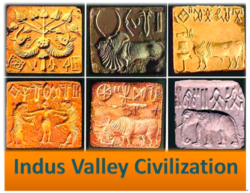After the Partition of India, the majority of minority Hindus and Sikhs in Pakistan migrated to India while Muslim immigrants from India settled in Pakistan. About ten million Hindus and Sikhs emigrated to India while an equal number of Muslims migrated to newly formed Pakistan from India. Hindu Sindhis was expected to stay in Sindh following the split, as there were good relations between Hindus and Muslim Muslims.
At the time of the division there were 1,400,000 Hindus Sindhis, although most concentrated in cities such as Hyderabad, Karachi, Shikarpur, and Sukkur. However, due to insecurity in Pakistan, and above all, many Sindhi Hindus decided to leave Pakistan.
Tensions were exacerbated by the recent spate of violence in Karachi after the split. According to the Indian Census in 1951, about 776,000 Hindus migrated to India. [8] In addition to this Hindu migration, the majority of Hindu Hindu populations lived in the
Sindh province of Pakistan when they numbered 2.28 million in 1998 [citation needed], while the Indian Hindu population was estimated at 2,57 million in 2001. As of 2011 the population was almost 2.77 million and about 1.7 million (17 lakh) spoke Sindhi and about 1 million spoke Kachchhi.
The task of rehabilitating the refugees was carried out by their government. Hindu refugee camps were built for Hindus. Many people have abandoned their fixed assets and crossed new borders. Many refugees have overcome the effects of famine,
although the loss of their land has had a profound and lasting effect on their Sindhi culture. In 1967 the Government of India recognized Sindhi as the fifteenth official language of India in two texts. In late 2004, rebellious Sindhi residents strongly opposed
the Indian Supreme Court, which asked the Indian government to remove the word “Sindh” from the Indian National Anthem (written by Rabindranath Tagore before independence) on the grounds that it violated Pakistan’s sovereignty.

